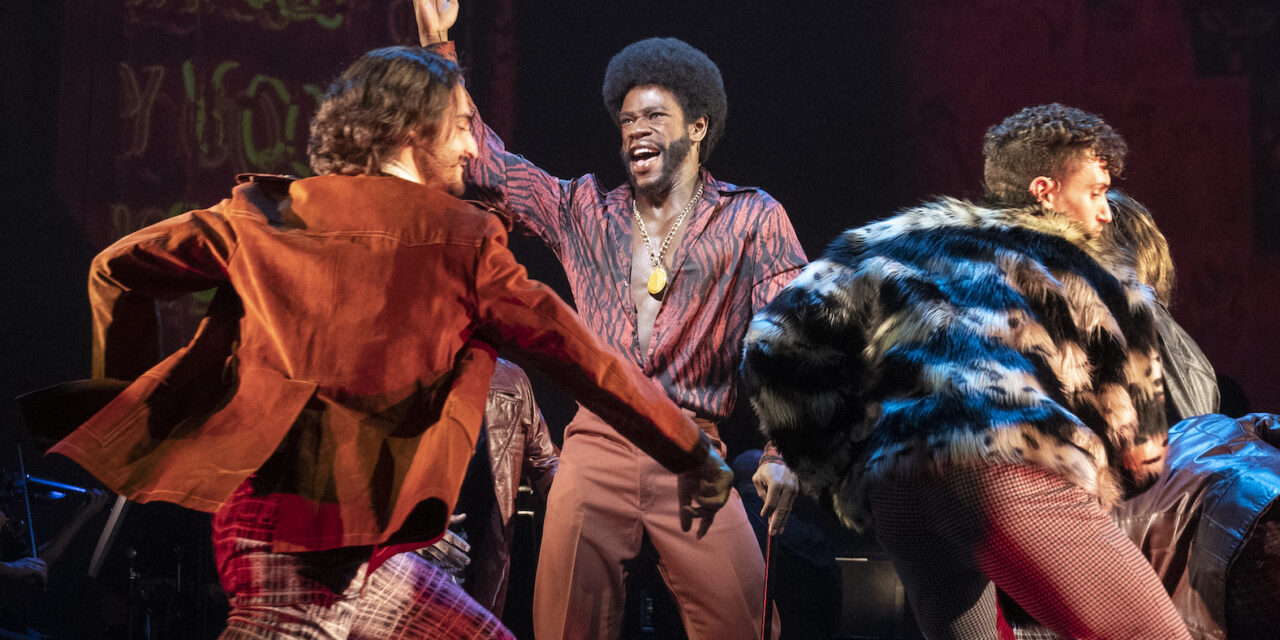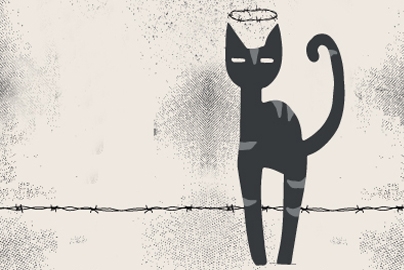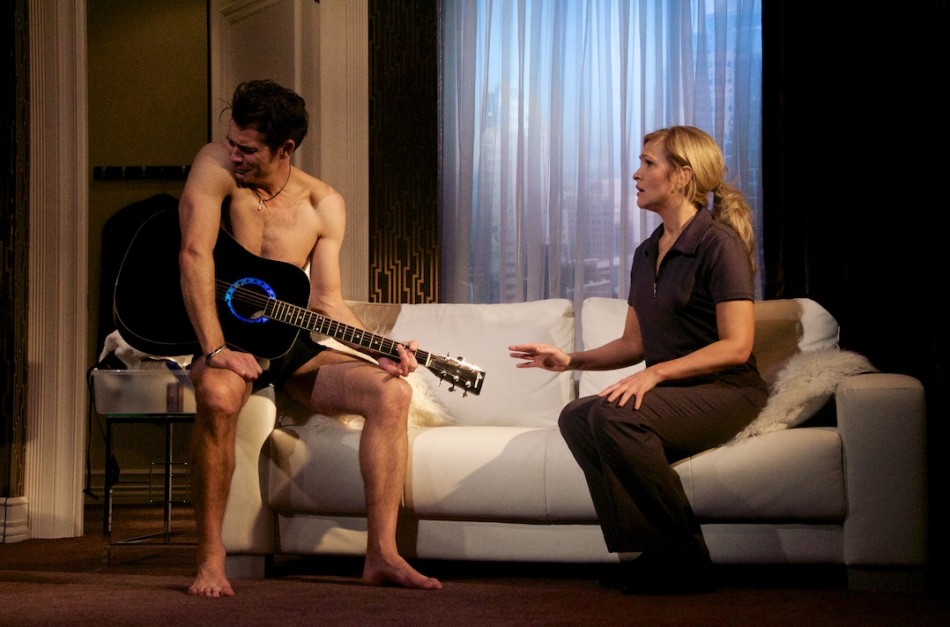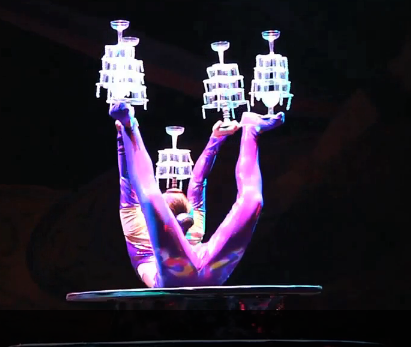By Brian Scott Lipton. . .
In a recent interview explaining his decision to significantly rework the 1997 musical The Life for its current presentation at New York City Center Encores, the multi-talented Billy Porter explained that its writers, Cy Coleman, David Newman and Ira Gassman, were “well-intentioned” white men who nonetheless weren’t fully equipped to tell the full story of the (mostly) Black sex workers who populated Times Square in the early 1980s.
As it happens, though, “well-intentioned” turns out be the best words to describe Porter’s drastically revamped version of the musical which, in a seismic break from the series’ tradition includes—among other changes—a substantial re-ordering of the score, a couple of new or transformed characters, and a lot of new and often raunchy, sometimes preachy dialogue (including a prologue that tells us how all the main characters turn out decades later)—some of which seems almost directly lifted from Porter’s groundbreaking TV series Pose.
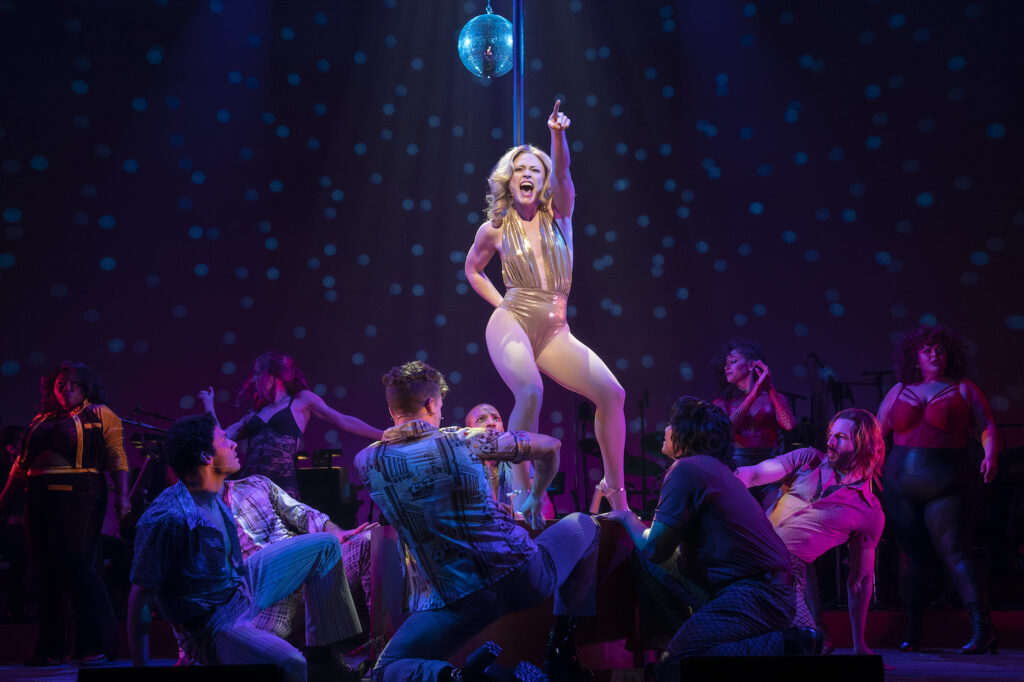
True, Porter (who is the show’s director and adaptor but does not appear on stage) succeeds in his main goal: giving more context to the societal circumstances that led some of these characters to enter “the life.” But too much of the new material simply feels overwrought or unnecessary, stretching the show to nearly three hours.
More importantly, the show’s new, darker tone doesn’t jibe with the essential Broadway brassiness of the Coleman-Gassman score (even though it’s consistently well performed and strongly benefits from James Sampliner’s funkadelic orchestrations). As a result, the production periodically feels like someone put a sex shop back on the now cleaner 42nd Street.
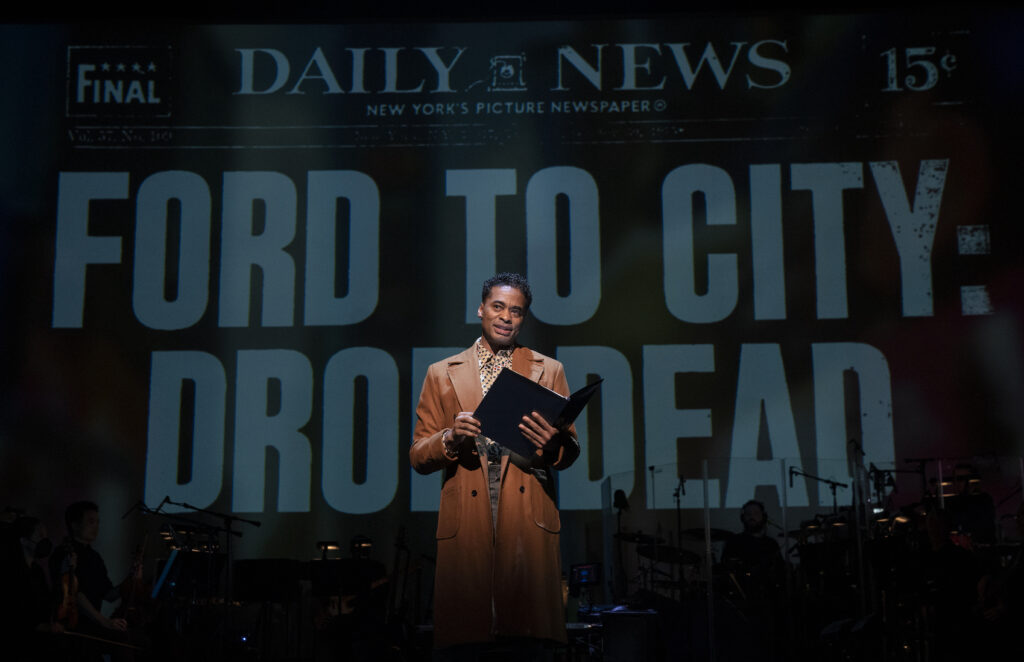

One of Porter’s smartest decisions, however, was to transform the lead character, the refined-seeming sex worker Queen, into a transsexual (you can see why Queen is so afraid to escape her unfortunate life)—and to hand the role to the extremely charismatic, strong-willed Alexandra Grey, who breathes full-bodied life into a part that never gelled in the show’s original Broadway outing. Grey needs to be seen more consistently on our stages.
The part also needs a performer of Grey’s caliber in order not to be overshadowed by the vivid characters (and actors) who surround her. True, the biggest ovation still belongs to the powerful Ledisi, who gives a top-drawer performance as the ill, weary Sonja and who literally stops the show with her rendition of “The Oldest Profession” (now wisely placed as the show’s 11 o’clock number).
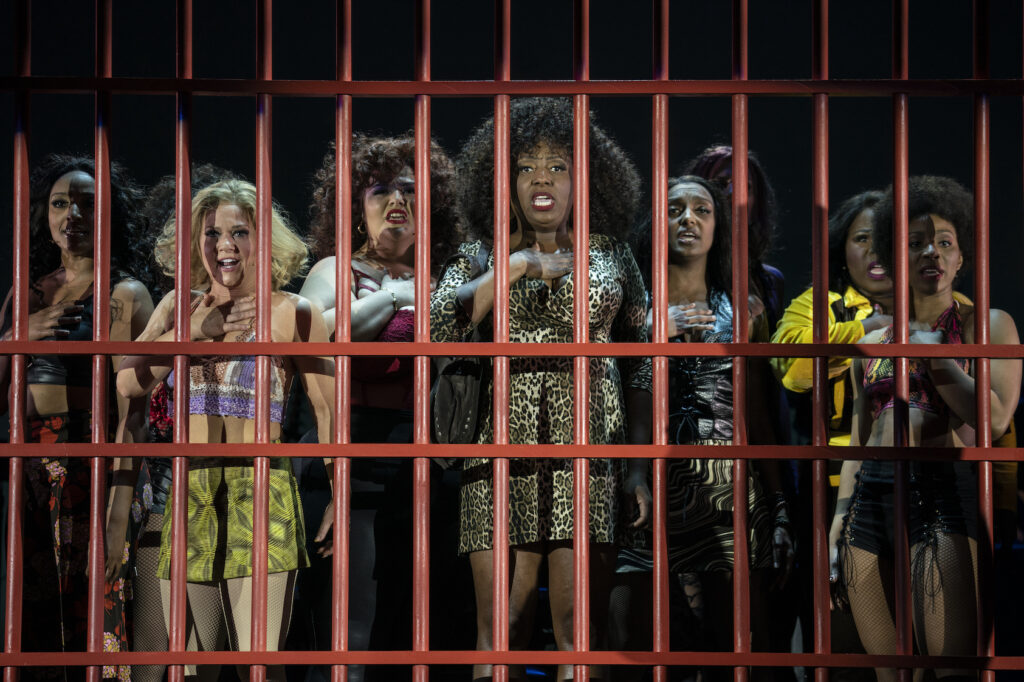

Elsewhere, Antawyn Hopper is sinfully sinuous as the amoral pimp Memphis; Ken Robinson is heart-wrenching as Queen’s lover, Fleetwood, a Vietnam War veteran with a fondness for drugs; and Erika Olson has some standout moments as the not-so-dumb blonde Mary, fresh off the bus from Minnesota, but far from fresh.
Surprisingly, Mykal Kilgore underwhelms as the slick hustler JoJo (especially in his big number “Use What You Got”), but I don’t think it helps matters that he often finds himself sharing stage time with the older version of himself (a slightly shaky Destan Owens), whom Porter has created to be the show’s narrator and mouthpiece.
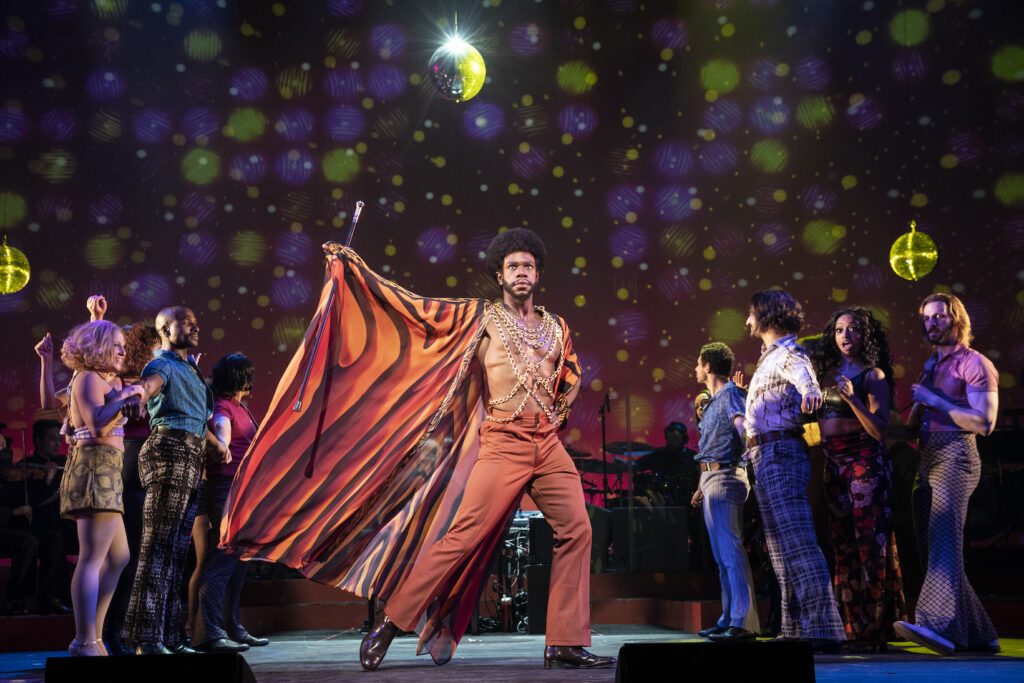

I also expected more from A.C. Ciulla’s choreography, although the show’s ensemble (as well as the sadly underused Jelani Alladin as Lou)—bedecked in Anita Yavich’s evocative period costumes—is thoroughly first-rate.
As fans of The Life know, the show opens with a song called “Check It Out.” The song remains in place. As a recommendation, however, it now mostly applies to those theatergoers who are curious to see what Porter has done with the show, rather than audience members seeking a fully satisfying evening.
The Life. Through March 20 at New York City Center (131 West 55th Street, between Sixth and Seventh Avenues). www.nycitycenter.org
Photos: Joan Marcus


